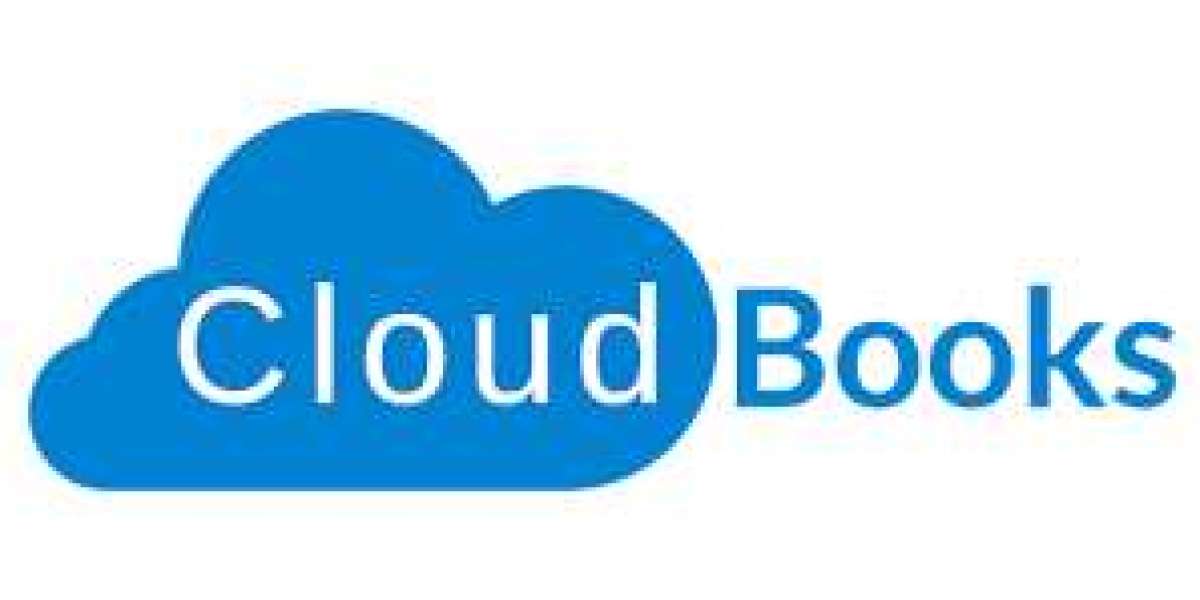In the modern digital era, efficient financial management has become an essential pillar for business success. Whether you run a small enterprise or manage a large corporation, maintaining accurate financial records and meeting tax obligations are key responsibilities. One of the most critical aspects of this financial management process is handling VAT returns—a task that can be complex, time-consuming, and prone to human error when done manually. Fortunately, Cloud Books, a modern cloud-based accounting solution, has revolutionised the way businesses manage VAT returns.
This article explores how Cloud Books simplifies VAT return management, ensures compliance with regulations such as Making Tax Digital (MTD), and helps businesses stay organised, efficient, and future-ready.
1. What Are Cloud Books and VAT Returns?
Cloud Books refers to online or cloud-based accounting software designed to handle financial management tasks such as bookkeeping, invoicing, expense tracking, and tax submissions. Unlike traditional desktop-based accounting programs, cloud accounting systems store data securely on remote servers. This means businesses can access their financial information anytime, anywhere, from any device connected to the internet.
VAT (Value Added Tax) is a tax applied to most goods and services sold by VAT-registered businesses in the UK and many other countries. Businesses are required to charge VAT on their sales (output tax) and can reclaim VAT paid on purchases (input tax). The difference between the two amounts is reported in a VAT return, which must be submitted periodically—usually every quarter—to HMRC or the relevant tax authority.
Traditionally, businesses relied on spreadsheets and paper records to track VAT, which often led to errors and inefficiencies. With the rise of Cloud Books, the VAT return process has been streamlined, automated, and simplified.
2. How Cloud Books Simplifies VAT Returns
The traditional method of managing VAT returns involved manual calculations, paperwork, and tedious reconciliations. Cloud Books eliminates these challenges by automating and integrating the process. Here’s how it helps businesses streamline VAT management:
a. Automated VAT Calculations
Every time you record a sale or purchase, Cloud Books automatically applies the correct VAT rate. It calculates VAT accurately for every transaction, whether it’s standard-rated, zero-rated, or exempt, removing the risk of miscalculations.
b. Real-Time Data Synchronisation
Cloud Books connects directly with your business bank accounts, payment systems, and invoicing tools. This means every transaction is recorded in real time, ensuring that VAT data is always current and accurate.
c. VAT Report Generation
With just a few clicks, Cloud Books generates a detailed VAT return report that summarises all your VAT transactions for the reporting period. This report aligns perfectly with HMRC’s requirements, making it easy to review and submit.
d. Direct Submission to HMRC
Cloud Books is fully compliant with Making Tax Digital (MTD) requirements, allowing users to submit VAT returns directly to HMRC through the platform. This eliminates the need to manually upload files or use third-party portals.
e. Digital Record-Keeping
Under MTD rules, businesses must maintain digital records of all VAT transactions. Cloud Books securely stores all records online, ensuring they are easily retrievable during audits or reviews.
f. Error Detection and Validation
Cloud Books automatically identifies errors such as missing invoices, incorrect tax codes, or mismatched figures before submission. This ensures your VAT return is accurate and reduces the risk of penalties.
3. Key Benefits of Using Cloud Books for VAT Returns
Businesses across all sectors are discovering the numerous benefits of using Cloud Books to manage their VAT returns. Below are some of the most significant advantages:
a. Accuracy and Compliance
Manual VAT calculations often lead to errors that can result in penalties. Cloud Books automates VAT tracking and reporting, ensuring full compliance with HMRC’s digital tax rules.
b. Time and Cost Savings
Automated VAT returns save hours of administrative work. By reducing manual entry, businesses can allocate more time to strategic tasks. Additionally, Cloud Books eliminates the need for costly software updates or paper-based systems.
c. Instant Access to Financial Data
Because it’s cloud-based, Cloud Books allows users to access VAT data and financial reports from anywhere at any time. This flexibility is invaluable for business owners and accountants who need to monitor cash flow and tax obligations on the go.
d. Collaboration Made Easy
Multiple users can access Cloud Books simultaneously. Accountants, business owners, and finance teams can collaborate in real time, ensuring everyone stays updated on VAT records and business performance.
e. Secure Data Storage
Cloud Books providers use advanced encryption and data protection protocols. Unlike traditional storage methods, your financial information is safeguarded from theft, system failures, and accidental loss.
f. Eco-Friendly and Paperless
Cloud Books helps businesses reduce paper waste by digitising invoices, receipts, and VAT reports. This move not only streamlines workflows but also supports environmental sustainability.
4. Cloud Books and Making Tax Digital (MTD)
The UK government’s Making Tax Digital (MTD) initiative is transforming how businesses handle their tax affairs. MTD for VAT requires VAT-registered businesses to keep digital records and submit VAT returns using compatible software.
Cloud Books is designed with MTD compliance in mind. Here’s how it supports the MTD framework:
Digital Record Keeping: Every VAT-related transaction is stored securely online.
Accurate VAT Return Submission: Cloud Books automatically prepares VAT returns that meet HMRC’s digital standards.
Direct HMRC Integration: The software enables direct submission of VAT returns, ensuring a smooth and compliant filing process.
Audit-Ready Reporting: Cloud Books maintains a full audit trail of all VAT transactions for transparency and accountability.
For businesses that still rely on spreadsheets, migrating to Cloud Books ensures compliance while simplifying daily operations.
5. Step-by-Step Guide: Submitting VAT Returns via Cloud Books
Using Cloud Books to file VAT returns is straightforward. Here’s a simple guide to how the process works:
Set Up Your Account – Add your business details, VAT registration number, and VAT scheme type (standard, flat rate, etc.).
Connect Your Bank and Systems – Link your bank account, eCommerce platform, and payment services for automatic data syncing.
Record Transactions – Log your sales, purchases, and expenses. The system automatically calculates the VAT on each entry.
Review Your VAT Report – Cloud Books summarises VAT collected and paid, displaying what you owe or can reclaim.
Check for Errors – The software highlights discrepancies or missing records for correction.
Submit Directly to HMRC – Once verified, submit your VAT return electronically via MTD integration.
Store Records Securely – All data and reports are stored digitally, meeting legal record-keeping requirements.
6. The Future of VAT Management with Cloud Books
Cloud Books is not just a short-term solution—it’s the future of accounting. As technology continues to advance, businesses can expect even greater innovations, such as:
Artificial Intelligence (AI): Automated expense categorisation and predictive VAT forecasting.
Machine Learning: Identifying patterns to improve cash flow management.
Multi-Currency VAT Handling: Simplifying international trade compliance.
Integration with Other Tools: Seamless syncing with eCommerce platforms, CRM systems, and payroll software.
By adopting Cloud Books, businesses future-proof their financial operations and stay ahead in an increasingly digital marketplace.
7. Why You Should Switch to Cloud Books Today
For businesses still relying on manual bookkeeping or desktop software, now is the time to transition. Here’s why switching to Cloud Books is the smart move:
Full compliance with Making Tax Digital.
Reduced risk of human error.
Faster VAT return preparation.
Real-time financial visibility.
Scalable for future business growth.
With its automation, accuracy, and accessibility, Cloud Books is an invaluable tool for modern businesses seeking efficiency and compliance.
8. Conclusion
In an age where digital transformation defines success, Cloud Books has become the cornerstone of smart accounting. It simplifies the process of managing VAT returns, ensures compliance with tax regulations, and offers unparalleled accuracy and convenience.
By adopting Cloud Books, businesses not only make VAT management effortless but also gain a clearer view of their financial health. It’s a practical, future-oriented solution that saves time, reduces errors, and provides peace of mind.








